#Concrete prefab
Text
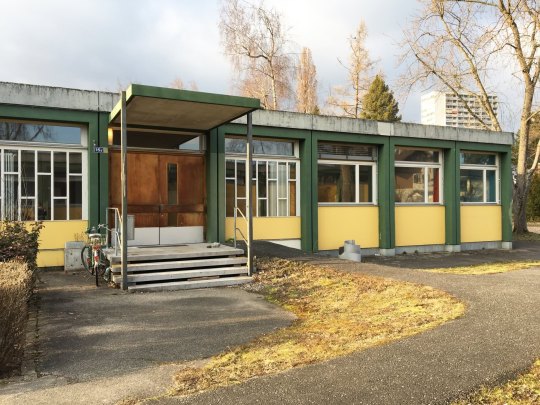
Pavilion School Brünne (1967) in Berne, Switzerland, built using the "Variel" system by Elcon AG
165 notes
·
View notes
Text

Modern bungalows, Kápolnásnyék, 1978. From the Budapest Municipal Photography Company archive.
43 notes
·
View notes
Photo
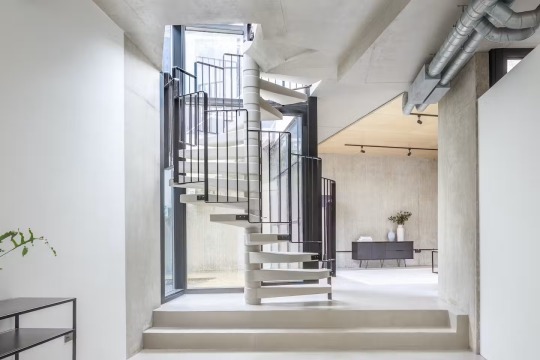
Gomshall Avenue, London, England
#art#design#Architecture#interiors#interior design#spiral#london#industrial#stairsdesign#stairwell#stairway#spiral staircase#Stair#concrete#prefab#Staircases
13 notes
·
View notes
Text

béton préfabriqué, avenue du phare, matane
15 notes
·
View notes
Text

The Sarcophagus constructed around Reactor 4 after the accident was built by Sredmash, the Soviet ministry responsible for building nuclear weapons and power stations.
Sredmash unit US-605 was formed with the specific task of constructing the Sarcophagus. The personnel in the unit rotated out in two month shifts to minimize radiation exposure, as the worst radiation conditions in the zone were found in the area immediately surrounding the husk of the reactor, known as the “Special Zone”. Radiation levels only allowed liquidators mere minutes-or just seconds in some areas-to complete their assigned tasks. Especially dangerous was the pile of debris on the north side of the reactor, a tangled mess of concrete, pipes, fuel, and graphite, all dangerously radioactive.
The work of clearing debris and contaminated soil had to be conducted remotely by robotic bulldozers or armored combat engineering vehicles normally used to clear mines. The two large cranes in the first image are DEMAG cranes, imported from West Germany at enormous cost specifically for the construction of the Sarcophagus. Operators for these cranes sat in their cabins protected by lead sheets 15 centimeter thick. They worked in total darkness, lifting the enormous prefabricated pieces of the Sarcophagus into place using only CCTV footage from a camera mounted on the hooks and radio instructions from Sredmash commanders sitting in a nearby command bunker.
It was far too dangerous to send up welders or riveters to join the pieces, so concrete pumps were used to cement the prefabricated metal parts of the Sarcophagus in place. Parts of the Sarcophagus would arrive from foundries, then be lifted into place by the cranes. Concrete was poured into and on them by concrete pump trucks until the section was considered to be adequately secured. Engineers then detonated remote control explosive bolts attaching the crane wires to the section, and work would begin on the next section. Construction was conducted 24 hours a day, floodlights illuminating the site at night. The frantic pace was set by insane Communist party deadlines and concern over continued emissions of radionuclides. The Soviet government was eager to restart the other three reactors to regain some of their tarnished reputation and show the world that Chernobyl had been made safe. Ultimately, the Sarcophagus would be officially completed on November 30th, 1986, seven months and four days after the explosion.
[Image description: the Sarcophagus, an angular construction of black metal, sits completed over the gaping maw of the hole left by the explosion. It has three sides; a northern and western wall, as well as a roof. The Cascade Wall, the southern wall, is a series of four terraces. It covers a pile of debris blown out of the reactor as well as a sizable hole in the wall of the reactor hall. The western wall is a reinforcing structure for the reactor hall walls, with several buttresses running up its face. The roof is slightly sloped and covers the hole left in the roof by the explosion and prevents the emission of more radionuclides from the remains of the reactor. The area around the reactor is level earth, brought in to cover up the contaminated soil. Heavy construction machinery is scattered throughout the image, with two enormous tracked cranes on either side of the reactor. They tower over the twenty story reactor building.]
#chernobyl#chernobyl hbo#nuclear#accidents and disasters#disaster#nuclear power#autism#tomb#prefab#concrete#radiation#history#heavy machinery#construction#construction equipment#reactor#chernobyl disaster#engineering
4 notes
·
View notes
Photo

Fiberboard - Modern Exterior
#Mid-sized minimalist gray two-story concrete fiberboard and shingle exterior home photo cape cod builder#contemporary design#modern architect#open concept#prefab home#nexthouse
2 notes
·
View notes
Text

Edificio para el Servicio Marítimo del Puerto de Tarragona
Aguilera + Guerrero / Agua Arquitectura
3 notes
·
View notes
Text
Exploring Prefabricated Houses in India: Types, Companies, and Rates per Sqft
In recent years, the concept of prefabricated houses has gained significant popularity in India. These houses are built off-site and then transported to the desired location for quick and efficient installation. Prefabricated houses offer numerous advantages such as cost-effectiveness, reduced construction time, and flexibility in design. In this blog, we will explore some of the different types…
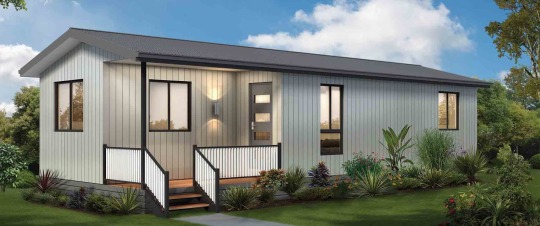
View On WordPress
#Concrete panel homes#Container homes#Cost-effective housing solutions#Design flexibility in prefabricated houses#Modular homes#Panelized homes#Prefab homes#Prefabricated houses in India#Prefabricated housing companies#Quick assembly homes#Rates per sqft#Steel frame homes#Sustainable construction#talkstreetblog#Types of prefabricated houses#Wooden homes
0 notes
Text

Fiber reinforced polymers supplier | Dreamboat partners
Dreamboat Partners is the market's leading fiber reinforced polymers supplier and manufacturer. We are a provider of innovative, cost-effective, and high-quality products thanks to ongoing technical innovation and competent tactics.
#fiber reinforced polymers#glass fiber reinforced concrete#gfrp rebar#prefabricated materials#prefab#construction materials#construction market size#building materials#construction#architect#builders#infrastructure#renovation
0 notes
Text

Julius-Leber-Schule (1970) in Hamburg, Germany, a Typ 68 serial school building designed by the Hamburg building authority.
#1970s#school#concrete#prefab buildings#architecture#germany#nachkriegsarchitektur#nachkriegsmoderne#architektur#hamburg
153 notes
·
View notes
Text
混凝土光栅成像
#graphicconcrete#architect#architecture#beton#concrete#concretearchitecture#concretesurface#patternedconcrete#precast#precastconcrete#prefab#prefabricated#prefabrication#surfacedesign#happyholidays
1 note
·
View note
Photo

Concrete - Contemporary Exterior
#Inspiration for a mid-sized contemporary one-story concrete exterior home remodel sustainable#prefab#raw#award winning#concrete
0 notes
Text

[ID: A large concrete and bronze monument in a public park; steps lead up to a wide patio surrounded by concrete benches, with a stele in the middle showing figures at work. Atop the stele is a statue of a man reaching out his right hand as if giving an oration. It is surrounded by trees and looks very pleasant.]
This is a statue dedicated to John W. Thomas, a native of Nashville and president of the Tennessee Centennial Exposition which brought the Parthenon to Nashville. It's surrounded by benches which have virtues he espoused or issues he dealt with engraved on them, and some of them are your typical things like "Courage" and "Law". Some are a little more out there, like "Roadway" and "Transportation" and "Mechanical" which make sense if you know that he was a public administrator and worked for the railroad as well for many years. (May also be relevant to note that he was president of a centennial exhibition that did not allow nonwhites to attend, and the park was whites-only for a decade after, so take him in his all.)
And then there's one of the benches that you see on approach from the south, which made me laugh out loud. As an aficionado of a good spreadsheet and a guy who designed my own accounting sheet when the prefab ones weren't doing what I needed...yeah, I get it.

[ID: A close up photograph of one of the benches in the monument, which has very fancy column-topper style flourishes and a column behind it. It reads, in large simple letters, "Accounting."]
68 notes
·
View notes
Text
suburbia is special because you can link/give it a domain to literally any of the entities.
like think about it. of course there's the obvious lonely unchanging and empty sprawl of houses, isolated and locked in their own little worlds until the quiet burrows into your ears and turns you into a shell of yourself.
but why stop there? what about the endless repeating expanse of sameness, vast stretches of flat concrete under a flat open sky, making you feel so small and insignificant standing upon it?
or, perhaps, the way someone always seems to have their eye on you? personal security cameras and neighborhood watch pages are all the rage these days...
now take that to its logical conclusion. think about why your life has been arranged in such a predictable and bland fashion, think about who benefits, what webs of systems are supported and strung together through white picket fences?
the streets do all look the same, and that just makes it even harder to remember where you were going. all those roads and cul-de-sacs spiraling across the neighborhoods. hard to tell whether that street was there yesterday. they all look so similar.
perhaps it's the residents themselves. you have new neighbors. these strangers don't seem quite right, uncanny somehow. but you get used to them, as always. until one day you have, again, new neighbors. what happened to the old ones? you don't want to know.
when it gets dark, everything is drenched in shadow. it's quiet hours out, and there's no streetlamps to reflect the dying light. something could be lurking. anything could be lurking. no one can see you waving for help.
you could be trapped, as well. wanting desperately to leave but feeling as though that hope's been buried by the fact that you've never known anything else. there must be a world outside, but strain as you might you cannot catch a glimpse of it, and it chokes you.
we all know landlords aren't really all that regulated. corruption runs rampant in real estate. how many infestations are hiding in the walls of foreclosed houses? what's eating away at the pipes and ceilings and floors, spreading, multiplying, unseen until the foundations finally collapse?
but maybe the houses themselves are alive, twisted mockeries of shelter, creaking and groaning in such a human way you could swear the walls were flesh and not plaster...
police keep the streets all nice and clean and picture-perfect. but is that really what's going on? or are they bored and hunting for something to do, someone to follow and harass? is the mirage of stability worth thinning the herd for?
these places seem so peaceful, but sometimes if you do a little digging you'll find blood money underneath. what does that factory on the outskirts do? what's with the gates, the guards, the secrecy? surely they aren't making anything designed for violence and slaughter. surely it isn't their industry keeping the whole town afloat...
prefab houses may be easy to build, but they aren't always the sturdiest. fires spread quickly, floods collect easily on the pavement, tornadoes fling debris through windows. one disaster, and suddenly the uniform buildings are left crumbled and desolate.
and how about the pollution? the stench of gasoline fumes and six-lane highway strips, the way nature is pushed out to make way for these places that aren't much good for humans either. suburbs necessitate the near-extinction of anything natural. those dandelions in the cracks? unlicensed organic material. there's no place for them. maybe someday there will be no place for you.
and in the end, of course, so many live by themselves. so many might miss phone calls, text messages, visitors. sometimes, when people die in the suburbs, nobody notices anything until the smell gets strong or the newspaper is uncollected...
#tma#the magnus archives#this post was inspired by I Fucking Hate The Suburbs#pigeon.txt#alright entity time#the lonely#the vast#the eye#the web#the spiral#the stranger#the dark#the buried#the corruption#the flesh#the hunt#the slaughter#the desolation#the extinction#the end
42 notes
·
View notes
Text

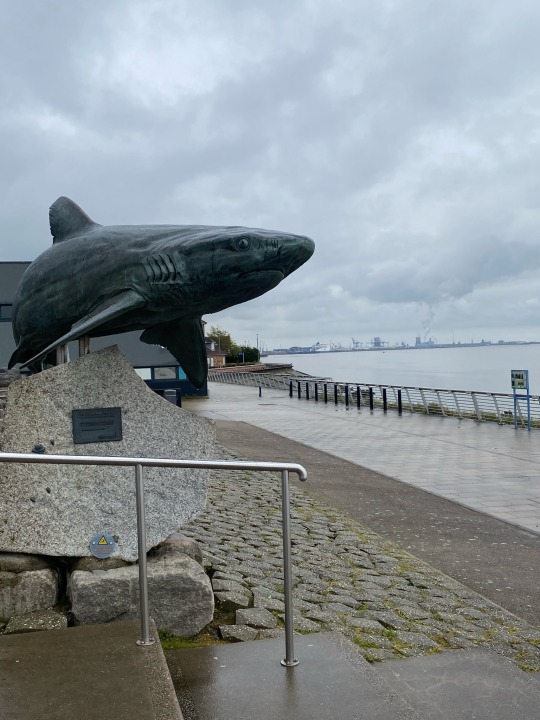



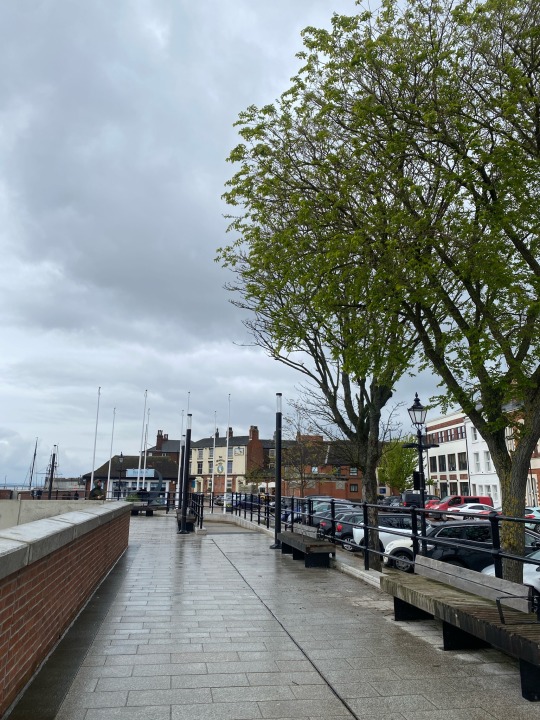
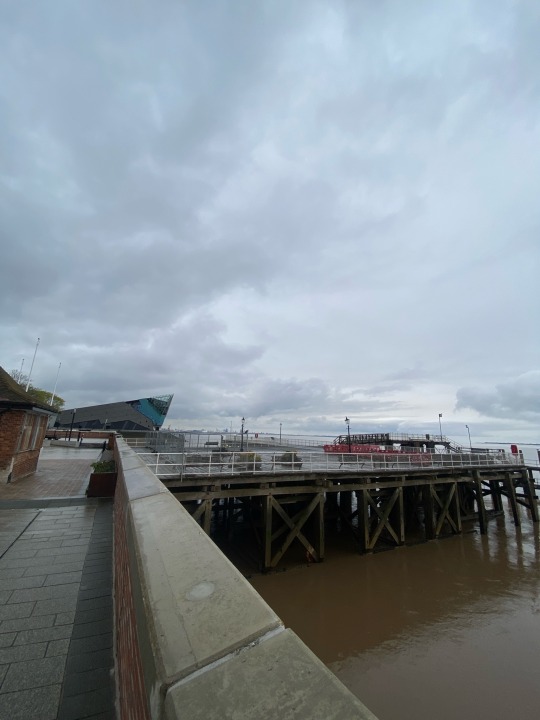


Back when I started playing Disco Elysium, my friend described it to me as a “Hull Simulator” - which really made me laugh, because feels very true in a way.
It might have been made by Estonian developers, but I think Martinaise captures the essence of British post-war seaside towns and ports better than anything else I’ve ever seen.
Much like Revachol, The UK is home to tons of cities and towns with echoes and scars of bombing and economic chaos over the years - particularly in the stretches of the north, which has long been neglected in favour of the larger city hubs and towns further south.
I think a big reason I fell in love with the game so much is precisely because of the locations of Martinaise and the wider Jamrock area. Much like in the game, lots of people call these places shitholes, but I love them dearly.
I love the cranes and the docks and the river. I love the old mines and power stations and the walls full of old bullet holes and the mish-mash of old brick and 1960’s prefab concrete that dominates so much of it.
Everyone else might think it’s shit but to me, places like this feel like home and I think theres a real beauty to them ❤️
19 notes
·
View notes
Text
0 notes